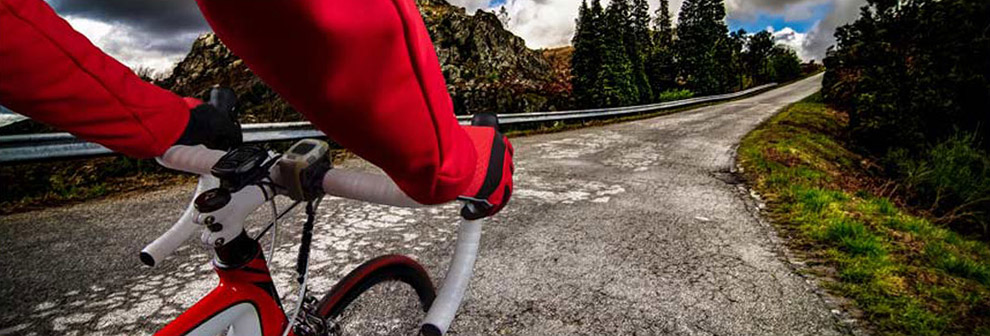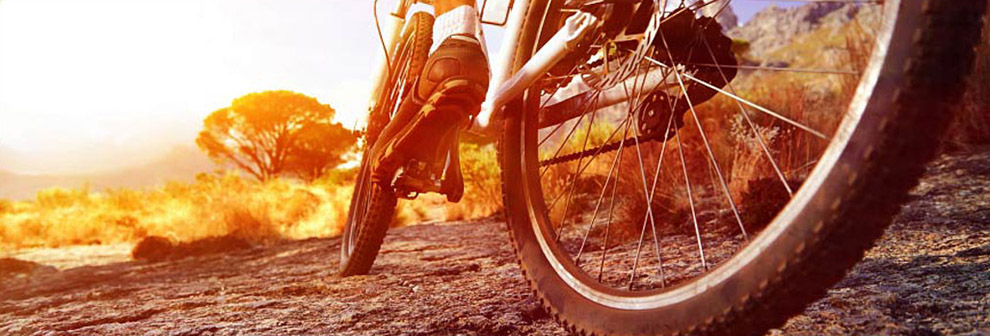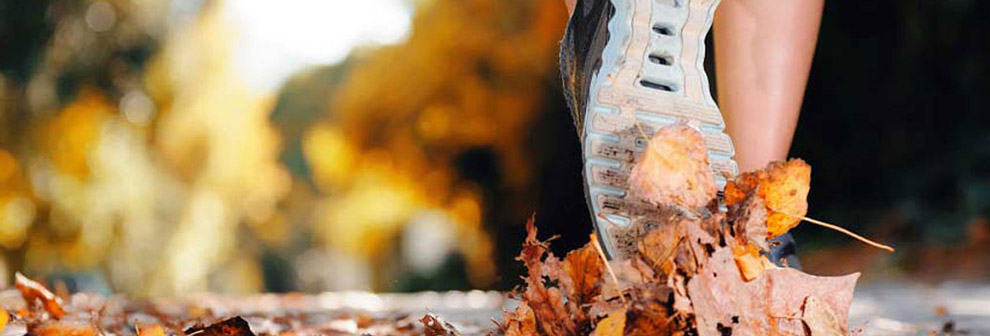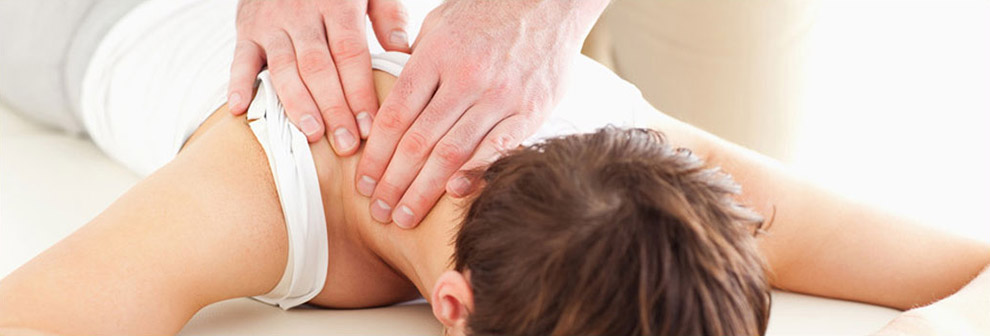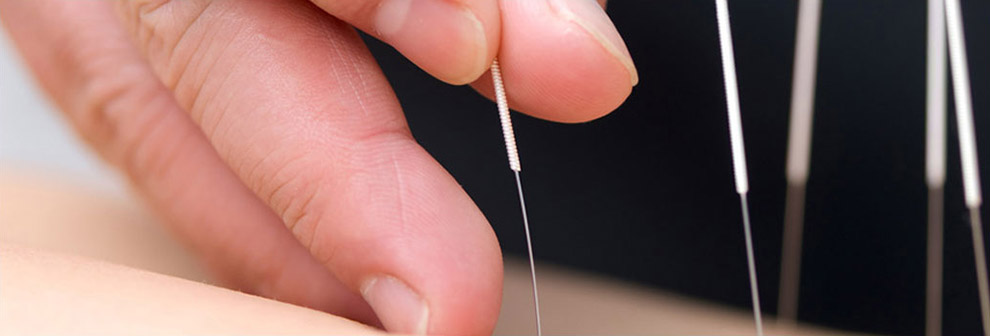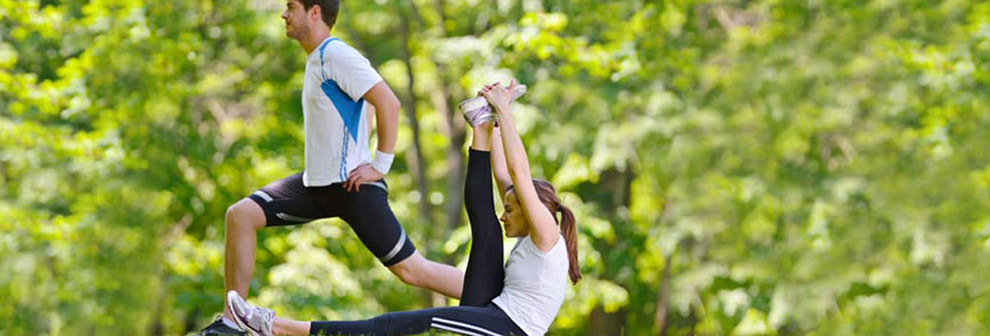Physical therapy in Elko for Cricket
Welcome to Pinion Rehabilitation's guide for selecting cricket equipment.
Pinion Rehabilitation provides services for physical therapy for cricket in *client_area*. We recommend a few general considerations for selecting your cricket equipment in order to stay comfortable and minimize injury while playing. Due to the solid nature of the cricket ball (made of an inner core of cork and an outer layer of leather) as well as the extreme speeds that the ball is bowled at, much of the cricket equipment used is simply needed to protect the players from the impact of the ball.
Helmet
It is not mandatory to wear a helmet in cricket and certainly at a more recreational level, a helmet is rarely worn. At the more competitive levels, however, the batter may choose to wear a helmet based on whether they are batting against a fast bowler or a spin bowler. Obviously, the more likelihood of injury is thought to occur when up against a fast bowler. For maximum head protection it is highly recommended that a helmet be worn at all times when batting, despite the level of cricket is being played. The cricket helmet consists of a hard shell covering the skull and a face grill that provides protection mainly to the jaw and nose, while leaving the visual field unobstructed. As with all helmets, technology and research are continually improving the ability of the helmet to absorb impact, therefore it is recommended that a fairly new helmet is used, and that the expertise of the store owner is consulted to ensure the highest quality helmet that you can afford is purchased. As with all head gear, ensure the helmet fits well and doesn't slide on the head when the body moves. Ensure the chin strap fits comfortably, the face grill allows good visibility while protecting the nose and jaw, the helmet is lightweight, and that there is adequate air ventilation through the helmet. Air ventilation is particularly important in cricket headgear as opposed to other sports where a helmet is used due to the potential lengthy batting innings of some cricket matches. The batter often wears the helmet for a substantial amount of time which, particularly on hotter days, can lead to poor head heat dissipation and cause heat related injuries.
Body pads/guards (Leg, thigh, arm, elbow, chest)
Batting pads (or leg pads) are used to protect the batter from the impact of the ball. These pads are also worn by the wicket keeper. All professional batters and wicket keepers wear leg pads as they are well aware that it is common to receive repetitive impacts on the shins. All recreational players should follow suit of the professional players to protect the highly pain-sensitive shin bone. When choosing leg pads, ensure the fit, which is measured from the middle of your knee cap to the top of your foot (where the tongue of your shoe would be,) allows you to move your legs freely both at the ankle and the knee. Other pads, such as those for the thigh, arm, elbow, and chest will also add further protection to their respective body parts and decrease the incidents and/or severity of injury to these areas. For these reasons, it is highly recommended to use the additional body pads, particularly when playing at a high level where the speed of the ball can be remarkable. Again, an experienced salesperson is extremely valuable in ensuring the correct fit of any of the body pads.
Gloves
Both the batter and the wicket keeper wear protective gloves. The purpose of gloves in both these positions is to protect the fingers and hand from the impact of the ball. Unique to the wicket keeper's gloves are a webbing of the index finger and thumb to assist in catching the ball. The batter's gloves in comparison uniquely have extra padding on the bottom batting thumb which is at a higher positional risk of being impacted by the ball. Good batting and wicket keeping gloves can make the difference between a bruised finger and a fractured one, so be sure to choose your gloves carefully. The gloves should have adequate padding over the fingers and posterior hand, but should also be flexible enough as to not compromise the ability to grip the bat or hold onto the ball.
Jockstrap
A jockstrap is an important piece of cricket equipment due to the potential of serious injury from the impact of the hard cricket ball on the genitalia and is recommended for men playing any level of cricket. The jock provides solid protection to the genitalia which in turn reduces the number and severity of injuries resulting from direct impacts to this area. It should be well fitted and feel comfortable when running and squatting.
Footwear
At first glance, cricket shoes look like ordinary running or court shoes. The cricket shoe, however, is more specifically designed for gripping than a regular shoe. The sole of the shoe has built in spikes, pimples, or both, which are designed to enhance the gripping ability on the field. Spikes decrease slipping particularly on soft ground whereas pimples allow improved traction especially when playing on a hard ground. Bowlers generally choose shoes that have the entire sole covered with spikes for maximum gripping whereas batters prefer shoes where only the forefoot is covered by spikes while the rear foot has a normal sole. This combination allows greater mobility while running and pivoting. As a recreational player, you should decide on the sole of the shoe based on the type of ground that you will usually be playing on. There are cricket shoes which provide a combination of spikes and pimples and may therefore may be useful and feel comfortable on a variety of playing grounds as well as cricket positions. It should be remembered, however, that the cost of improved gripping with shoe spikes is a higher chance of torsion injuries to the ankle and knee due to the more solidly planted foot. When choosing cricket footwear, the absolute most important criteria is comfort again due to the potential lengthy nature of some matches.
Hydration Gear:
Keeping hydrated is especially important in cricket being that it can be a lengthy game and is nearly always played under the sun at the competitive levels. Hydration will help you stay alert while playing, may help to prevent muscle cramps and will improve your post match recovery. Taking your own drink bottles to training or a match helps you to keep track of your fluid intake. We recommend that you drink about 300-400 mL before you play (ref: http://www.ausport.gov.au/sportscoachmag/nutrition2/pre-event_nutrition), and 250mL (1 cup) of water or sports drink every 20 minutes of physical playing/training time and for one hour after your match. These are just general guidelines as fluid requirements will vary depending on the environmental conditions and your body size. Remember, the more fluid you lose through sweat, the more you will have to replace. Also, remember that by the time you feel thirsty, your body is already dehydrated, so drink frequently and don't let thirst alone determine your fluid intake. In order to check that you are adequately hydrating, you can watch your weight before and after your match. If your weight remains the same then you are likely to be well hydrated.

